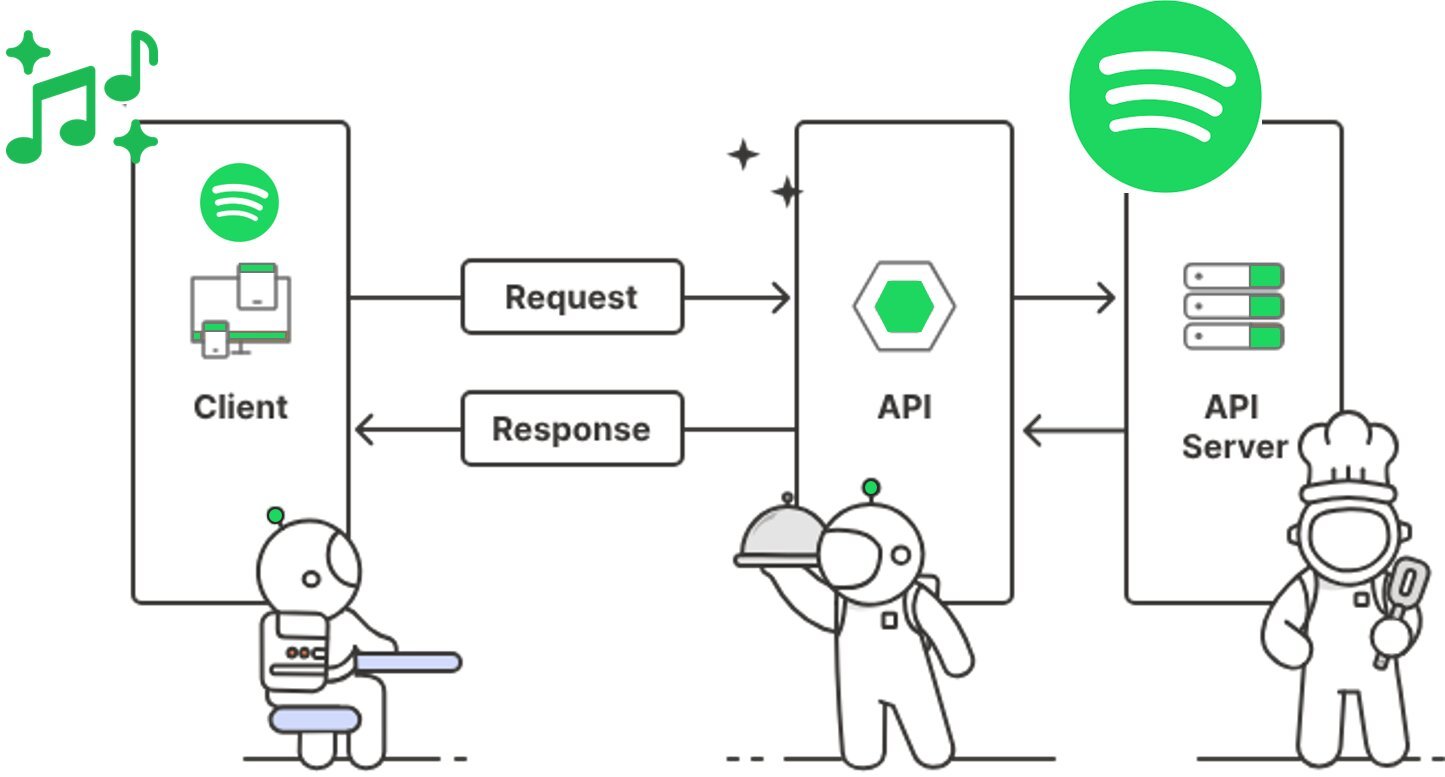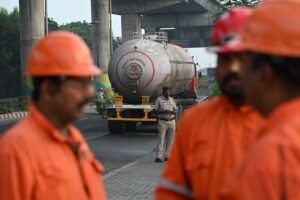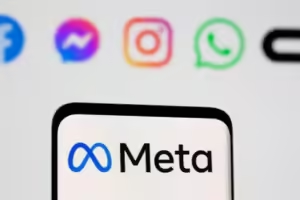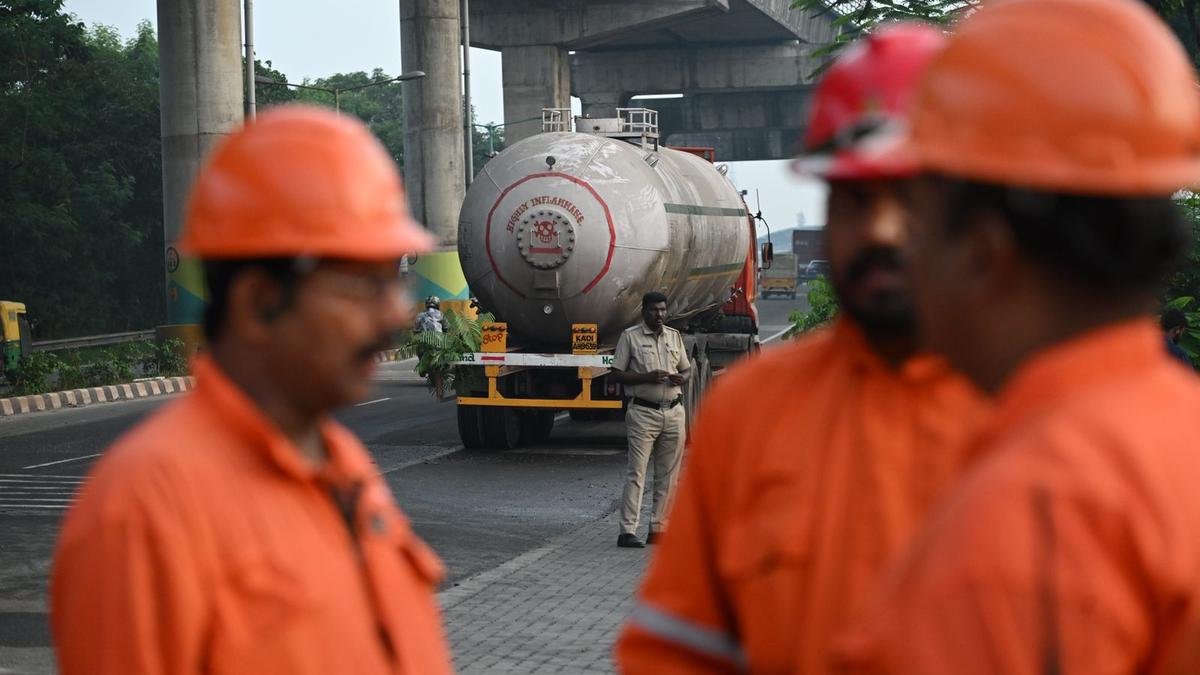“Can Artificial Rain Tackle Delhi’s Air Pollution? Here’s How”
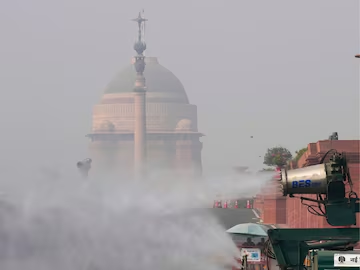
According to experts, artificial rain is not a long-term solution, but it might improve air quality temporarily. Gopal Rai, the environment minister for Delhi, has called on the federal government to step in.
To combat the air pollution in the city, Gopal Rai, the environment minister for Delhi, has suggested using cloud seeding to create fake rain.
Rai called on the Central government to step in and ask Prime Minister Narendra Modi to help create artificial rain in the capital since the Air Quality Index (AQI) is still in the “severe” range.
Wednesday morning’s AQI of 422 caused visibility at Delhi’s Indira Gandhi International Airport to decline, resulting in 119 flight delays and six flight cancellations. Due to Graded Response Action Plan (GRAP) IV constraints, the city has halted construction, and schools have switched to online instruction.
Can Delhi’s air pollution be reduced by artificial rain? What effects will it have on the environment? Let us comprehend.
How Is Artificial Rain Created?
Cloud seeding is a weather manipulation technique that uses airplanes and helicopters to release chemicals like dry ice, potassium iodide, and silver iodide into the atmosphere in order to create artificial rain.
These particles draw in water vapor from the atmosphere, which causes cumulonimbus clouds to form and eventually rain. This technique typically produces rainfall in 30 minutes.
Cloud seeding can occur in two ways: first, by seeding supercooled clouds with dry ice or silver iodide, which causes ice crystals to grow and absorb moisture from the cloud to initiate rainfall; second, by using warm clouds and hygroscopic materials like salt particles, which absorb water vapor and grow larger to fall more quickly.
“What Conditions Are Required for Artificial Rain?”
“Cloud seeding can only happen if there is a sufficient number of clouds and a particular depth to these clouds. Inside, there needs to be an adequate number of cloud droplets. Cloud seeding increases the radius of the cloud droplets, causing them to grow bigger. Due to gravity, they then fall as rainfall. But with a clear sky, you can’t do it,” M Rajeevan, former secretary of the Ministry of Earth Sciences, had said, quoted
Sachchida Nand Tripathi, dean of IIT Kanpur’s Kotak School of Sustainability and a leading climate change and air quality scientist, told News18, “The advantage with seeding is that if you are able to successfully seed and thereby alter somewhat cloud characteristics which can result in rain, then certainly it can clean the atmosphere to a certain extent.” We made sowing material at IIT Kanpur. Effective seeding matters. A few seeds form clouds. They cannot form without particle-based seeds. More particle matter means more droplets. Seed type can influence cloud characteristics. Injecting seed at a precise height under certain conditions speeds up cloud rain formation. Rain may rain after sowing. We sprayed clouds with our airplane’s seeding equipment. It rained when we tried this in Kanpur.
During the winter, the atmosphere is often stable. Therefore, when a western disturbance disrupts this atmospheric stability, clouds are predicted to form.
During the winter, the atmosphere is often stable. Therefore, when a western disturbance disrupts this atmospheric stability, clouds are predicted to form.
“Is Artificial Rain a Practical Solution?”
According to an article in The Economic Times, a professor at IIT Kanpur stated that although artificial rain can improve air quality temporarily, it is not a long-term answer.
Furthermore, cloud seeding needs authorization from a number of authorities, including the Ministry of Home Affairs and the Special Protection Group (SPG), in addition to being reliant on the DGCA and weather.
R Subramanian, Sector Head of Air Quality at the Center for Study of Science, Technology & Policy (CSTEP), told News18 that while artificial rain may reduce pollution to some degree, it will only offer a short-term solution. Other pollution sources, such as wood burning, vehicle exhaust, and industrial emissions, will continue to pollute the city unless the wind blows them away or rain washes them out.
“Potential Risks and Limitations of Cloud Seeding for Pollution Control”
Few studies have been conducted on this topic. Some of the particles showered down like clouds. When raindrops fall, they collide with other particles and remove them. In terms of cloud seeding, officials hope that raindrops will scavenge out pollutants from below as they fall. It may or may not be successful. If it does work, it will only be a short-term fix. Over time, pollution will continue to return if we do not eliminate its source. “Do you like to simply continue dumping rain repeatedly?” he inquired.
Cloud seeding might have negative environmental effects. The process may cause the oceans to become more acidic, the ozone layer to thin, and atmospheric carbon dioxide levels to rise. The health of plants, people, and animals is negatively impacted by the heavy, poisonous metal silver.
Although there is no proof that cloud seeding has any negative effects downstream, the American Meteorological Society has admitted that “activities done for the advantage of some may have an unwanted influence on others.”
The chemical that is frequently used to seed clouds, silver iodide, is known to be harmful and toxic.
“What Is the Cost of Artificial Rain?”
In a letter to former chief secretary Naresh Kumar last year, Gopal Rai requested that he work with IIT Kanpur on the plan to construct artificial rain in Delhi.
Rai stated in his letter that they plan to conduct the first experiment in Delhi on November 20 or 21, 2023, when the weather is predicted to be optimum. The experiment will cover an area of about 300 square kilometers. In the second experiment, they may expand the coverage to a 1,000 sq km region.
The letter also mentioned that IIT Kanpur has carried out cloud seeding seven times in the past, and was successful in bringing rain in six attempts.
“Countries Using Cloud Seeding Technology”
Karnataka and Maharashtra have experimented with cloud seeding. The Karnataka Rural Development and Panchayat Raj Department carried out the state’s most recent cloud seeding experiment in 2019.
The Maharashtra state government hired a private company to create artificial rain over Marathwada, a region notorious for being parched for most of the year, during the drought years of 2014 and 2015.
The world’s largest cloud seeding effort is in China. In order to guarantee dry weather for the 2008 Beijing Olympics, it utilized rocket launchers outside the city to seed the clouds and cause them to shed rain before they reached the capital.
The United States use cloud seeding to lessen fog at and around airports and to boost precipitation in drought-stricken areas. The UAE has also employed the technique to address the issue of water scarcity.
The United States use cloud seeding to lessen fog at and around airports and to boost precipitation in drought-stricken areas. The UAE has also employed the technique to address the issue of water scarcity.
